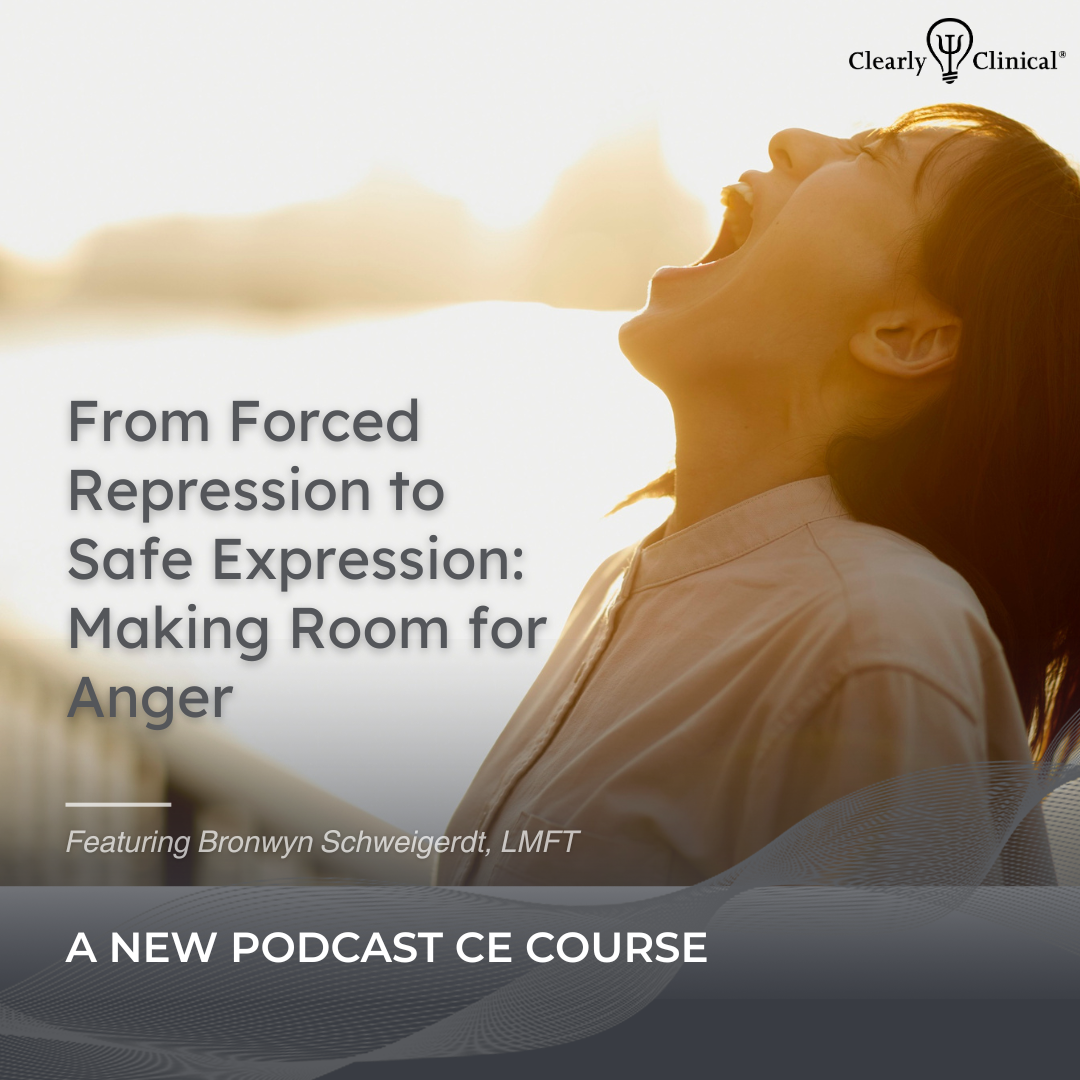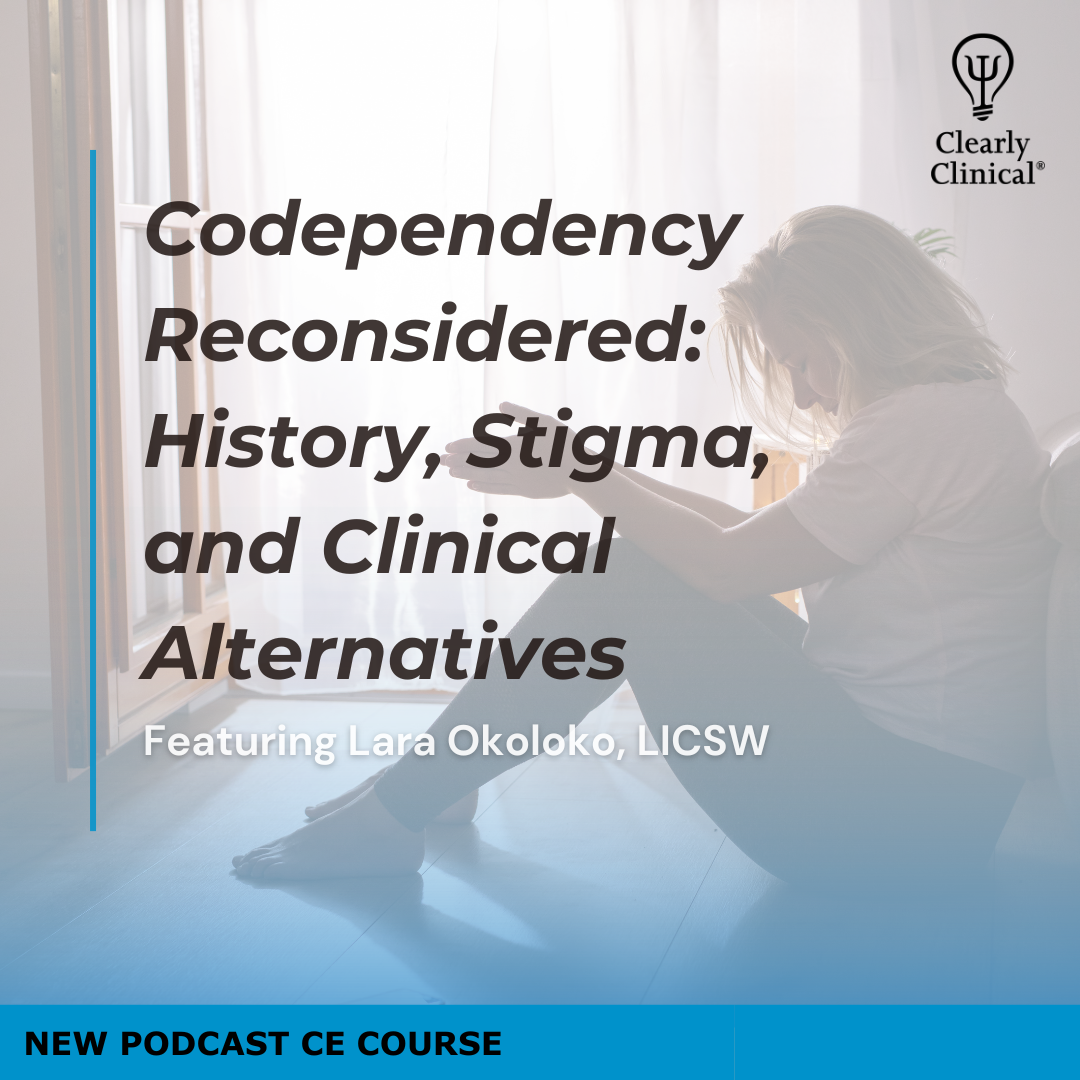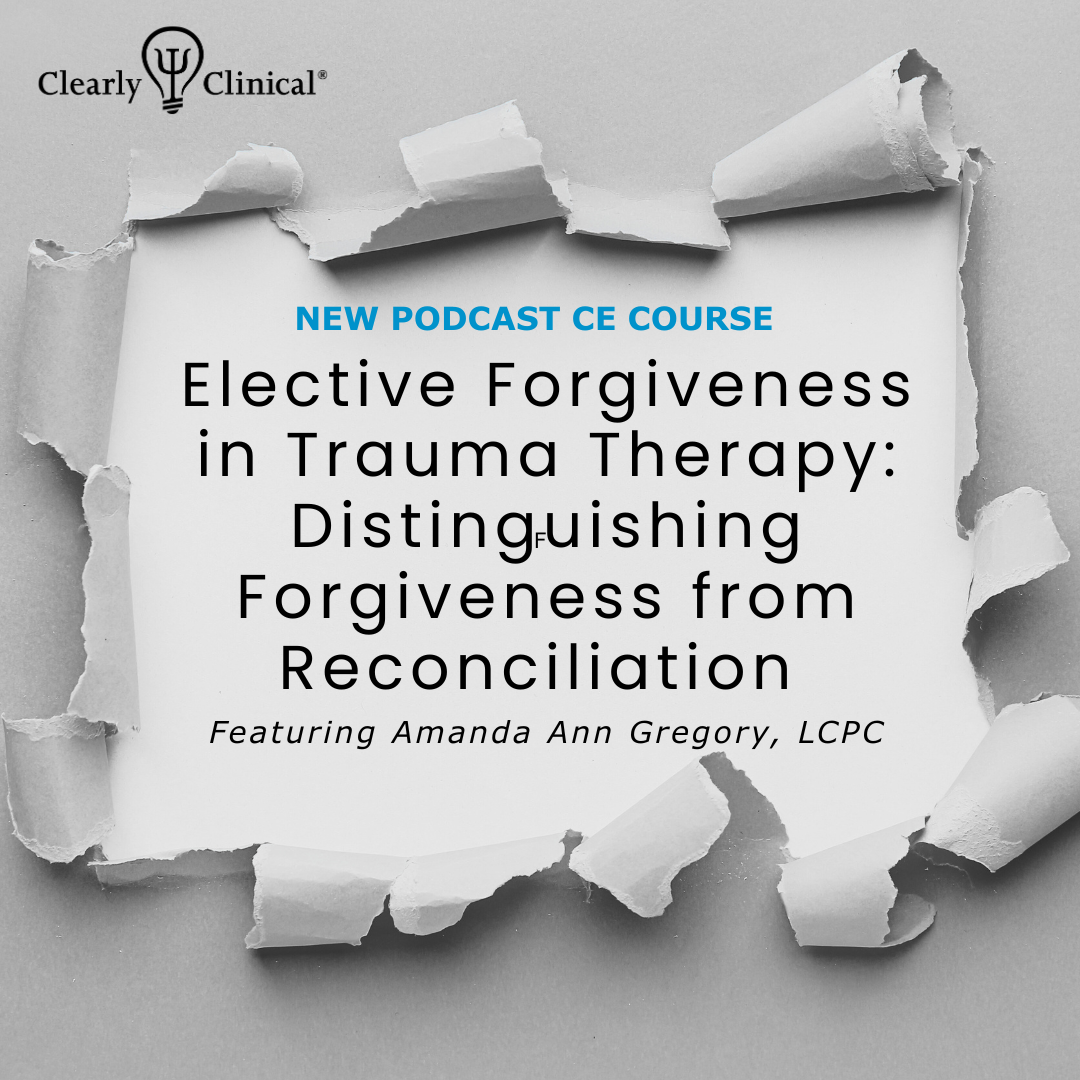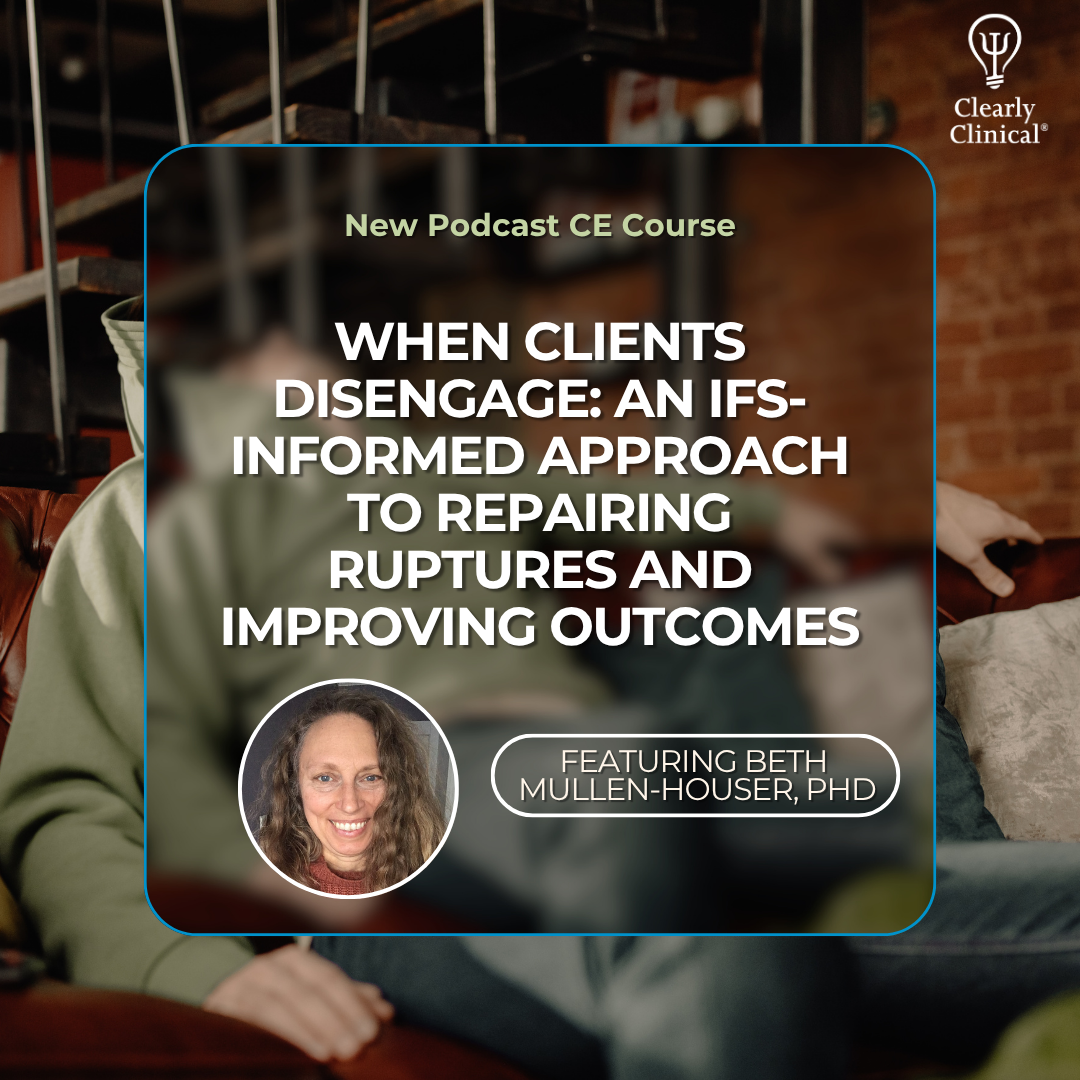When Anger Makes You Sick: How to Stop Repressing It
/Episode 248: From Forced Repression to Safe Expression, featuring Bronwyn Schweigerdt, LMFT
Many of us—especially therapists—have complicated relationships with anger. We avoid it, minimize it, intellectualize it, or internalize it. But according to licensed marriage and family therapist Bronwyn Schweigerdt, doing so doesn’t just keep us stuck emotionally—it can also make us physically and psychologically unwell.
In this eye-opening episode of Clearly Clinical, Schweigerdt dives into how repressed anger manifests as depression, anxiety, insomnia, autoimmune disease, and more—and what we can do to begin releasing it safely and productively, both as individuals and clinicians.
Anger Isn’t the Enemy—Avoiding It Is
Schweigerdt defines anger as a signal—a light on the dashboard that tells us something is wrong. But when that signal is habitually ignored or punished, particularly in childhood, the emotion doesn't disappear. It simply gets rerouted—often into anxiety, panic attacks, or depression. “Anger is motion,” she says. “It’s supposed to move us. If we don’t express it, it stagnates and makes us sick.”
Her personal journey reflects this: after suffering two major depressive episodes, she realized she’d been dissociating from deep anger—first at her husband, then at a toxic work environment. That insight launched her career as a therapist focused on healing anger.
The Link Between Suppressed Emotions and Autoimmune Disease
Schweigerdt shares compelling research connecting alexithymia—the difficulty in identifying and verbalizing emotions—with autoimmune conditions like Type 1 diabetes, multiple sclerosis, and chronic insomnia. A 2021 study in the Journal of Child Abuse and Neglect found a clear association between childhood trauma, emotional suppression, and autoimmune disease onset.
And the real-world examples are even more striking: Schweigerdt’s own insomnia of 30 years resolved within days of setting a long-overdue boundary with her father.
Rage Rooms Aren’t Enough—We Need Words
While cathartic tools like rage rooms offer temporary release, Schweigerdt argues that true healing comes from putting anger into words—naming the pattern of harm, expressing it clearly, and receiving validation. One of her go-to tools is a “fantasy letter,” written to a parent or attachment figure, which helps clients externalize betrayal and begin to reclaim their sense of agency.
She also teaches integration exercises where clients access and validate their younger selves—the “little” version of themselves who originally internalized the belief that they were not allowed to feel anger or pain.
Anger in the Therapy Room: A Clinical Opportunity
Schweigerdt challenges clinicians to lean into anger rather than avoid it. “Our job is to evoke it,” she says. “To help clients move toward it, not away.” She offers practical tools for validating anger in real-time, even when it’s directed at us as clinicians. Using de-escalation strategies rooted in validation—naming the emotion and the underlying pain—can transform tense moments into healing breakthroughs.
What’s more, Schweigerdt sees the therapy relationship itself as a corrective experience. For many clients, showing anger and still being met with calmness and care is profoundly healing.
Final Thoughts: Anger Is Not a Character Flaw
We often label people as “angry” when what they really are is wounded, invalidated, and emotionally blocked. “Anger is often covering betrayal, abandonment, or shame,” Schweigerdt explains. Rather than treating it as pathology, we need to see anger as the body and psyche trying to move toward protection, resolution, and self-respect.
Want to explore more?
Check out the full episode at Clearly Clinical to hear how therapists can hold space for rage—and transform it into insight and empowerment: From Forced Repression to Safe Expression: Making Room for Anger, Ep. 248
Earn CE credit for listening to this episode; join our 1-year membership for $130 for unlimited podcast CE credit for a year.












